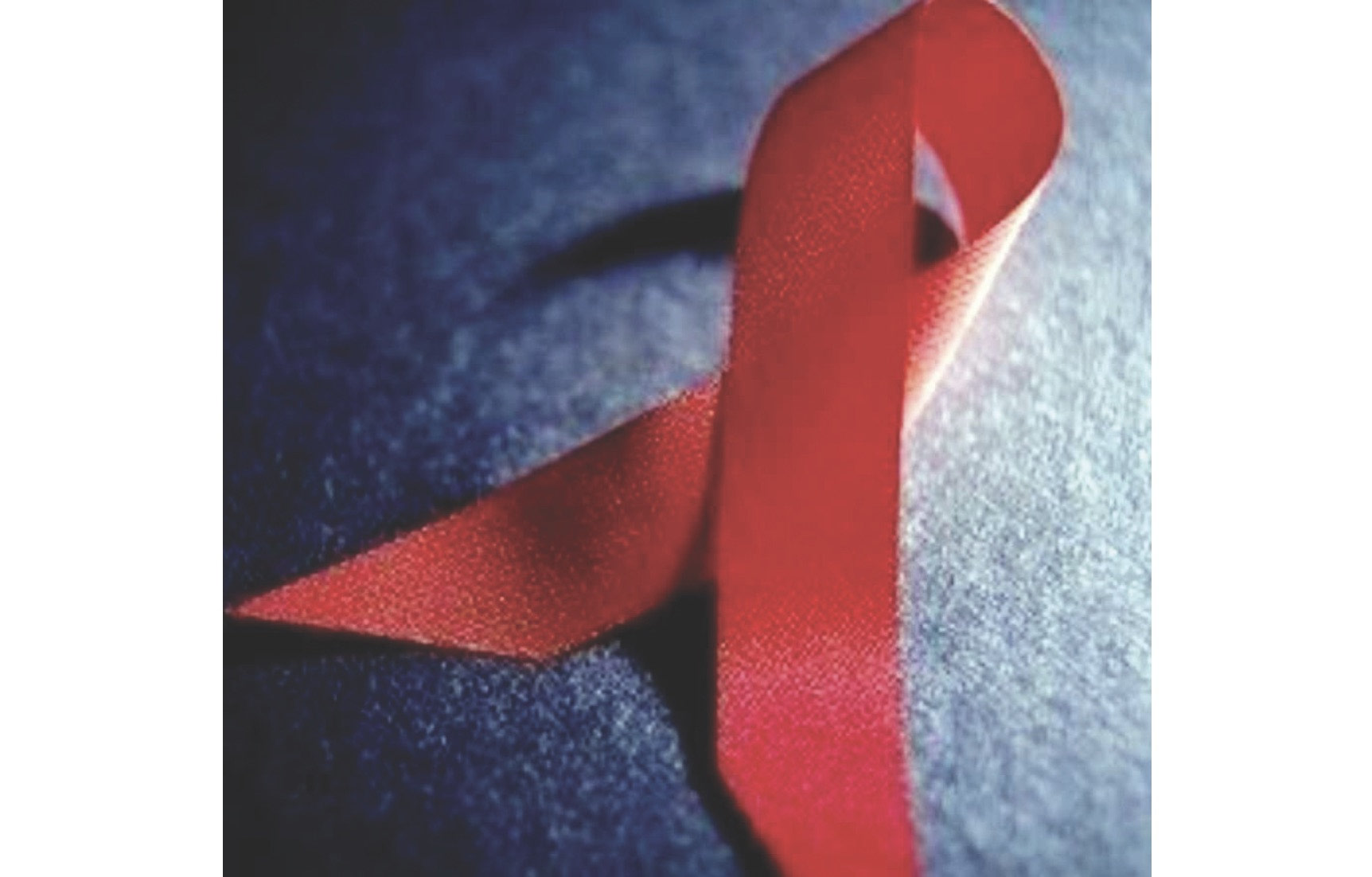Quebec faces rising HIV epidemic, Outaouais shows lower incidence
Tashi Farmilo
Quebec is grappling with an increasing number of HIV cases, with a reported rate of 4.9 per 100,000 inhabitants in 2022, slightly above the national average of 4.7, according to the Public Health Agency of Canada. This rise is part of a broader national trend, with Canada witnessing a 24.9 per cent increase in HIV cases across the country. Men aged 30 to 39 are the most affected group, highlighting the need for targetted interventions.
In contrast, the Outaouais region has reported a lower incidence rate, with 45 new HIV diagnoses recorded between 2018 and 2022, averaging nine new cases per year. The incidence rate in 2022 was 1.22 per 100,000 people, significantly lower than the Quebec average. However, these figures may be underestimated due to underreporting or lack of testing, as HIV is not a mandatory reportable disease in Quebec.
The Centre intégré de santé et de services sociaux (CISSS) de l'Outaouais is actively working to address this epidemic through various prevention and care initiatives. These include promoting condom use during sexual intercourse, providing access to new and single-use drug consumption materials through Injection Equipment Access Centres (CAMI), and facilitating pre-exposure prophylaxis (PrEP) and post-exposure prophylaxis (PEP) medications.
Access to PrEP remains a challenge in Canada, with costs ranging between $907 and $995 per month without insurance. The Quebec Health Insurance Plan (RAMQ) covered PrEP at $95.31 monthly in 2021, but approximately 1 in 10 Canadians living with HIV are unaware of their condition and cannot benefit from antiretroviral treatment.
In the Outaouais region, testing for sexually transmitted and blood-borne infections (STBBIs), including HIV, is widely available in various clinical settings. Additionally, the region promotes HIV self-testing as a means to enhance testing access and encourage individuals to know their status. To support this, self-test kits can be obtained online through the J'agis research project, accessible at https://www.readytoknow.ca/fr/home-francais/. This project is not led by public health authorities, but individuals seeking more information on self-tests in the region are encouraged to contact the responsible organizations directly. This initiative aims to increase the accessibility of HIV testing and encourage more individuals to be aware of their status.
The CISSS de l'Outaouais' Immunodeficiency Clinic provides care and treatment for newly diagnosed HIV cases, ensuring proper management of the condition. With appropriate treatment and care, people living with HIV can lead long, healthy lives. As Quebec faces a rise in HIV cases, the lower incidence in Outaouais highlights the importance of continued vigilance, prevention, and access to care to curb the spread of this virus and improve the quality of life for those affected.
Photo caption: The Outaouais region reports a lower HIV incidence rate compared to the Quebec average, with an average of nine new cases annually from 2018 to 2022.
Photo credit: Tashi Farmilo






